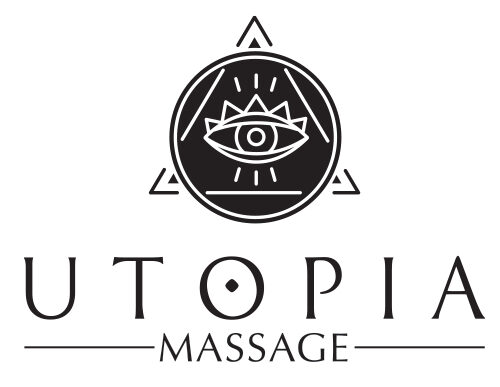You have probably heard the term “trigger point” and don’t know exactly what a trigger point is… Many of us have them, those annoying little spots on our body that cause tenderness or pain when we touch them. Maybe you have rubbed your neck or upper shoulders and felt a knot or general muscle stiffness. Though not every knot or tightened area is a trigger point, there are certain sure-tell signs! If you have ever seen a massage therapist, a trigger point can be a site of discomfort, especially when pressure is applied to access deeper muscle tissue.
What is a trigger point?
A trigger point is a contracted knot or tightened area within your muscle tissue. It can be as small as the size of a pea or as big as your thumb. It may cause localized pain when you apply pressure to it or actively refer pain along your neural pathways to other areas of the body. For example, a trigger point located on the back may refer pain to the neck or head. Trigger points can cause mild discomfort to severe pain, muscle stiffness, and a decrease in range of motion.
Why is it called a trigger point?
Think of a gun… Pulling the trigger makes a noise, but also sends out a bullet that causes pain at the distant target site. Trigger points can create a dull ache or sharp and intense pain upon pressure to the localized spot and refer pain to other sites. A perfect example of this is a headache. The headache may not be caused by a problem in the head itself, but sent to the head from a trigger point in the neck or upper back.
What is trigger point therapy?
Through a combination of pressure and release, a trigger point can be released, thus alleviating any pain associated with it. This type of treatment requires active communication between the therapist and client in which you will be asked to identify pain location and intensity. It is important to remember proper breathing during trigger point therapy. We tend to hold our breath with pain or discomfort, but deep breathing is important for relaxing the muscle and providing oxygen to the tissue. Many clients have found relief from chronic pain due to injuries, postural stress, over-stimulation caused by exercise or sports, and headaches. It is a holistic and natural way to manage pain. Just one treatment can provide a significant decrease in pain for some clients. Others may require a few sessions close together.
